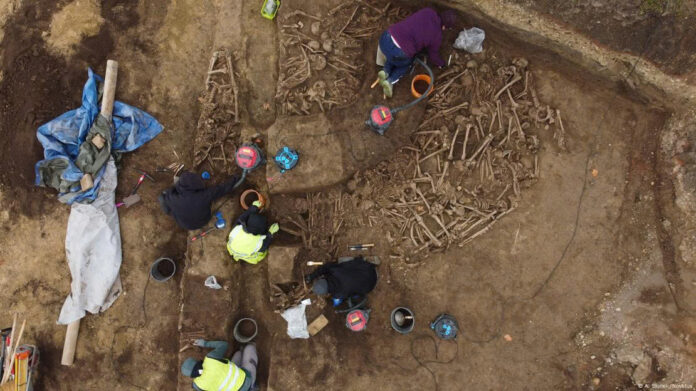Extraordinary Archaeological Discovery Unearthed in Vienna
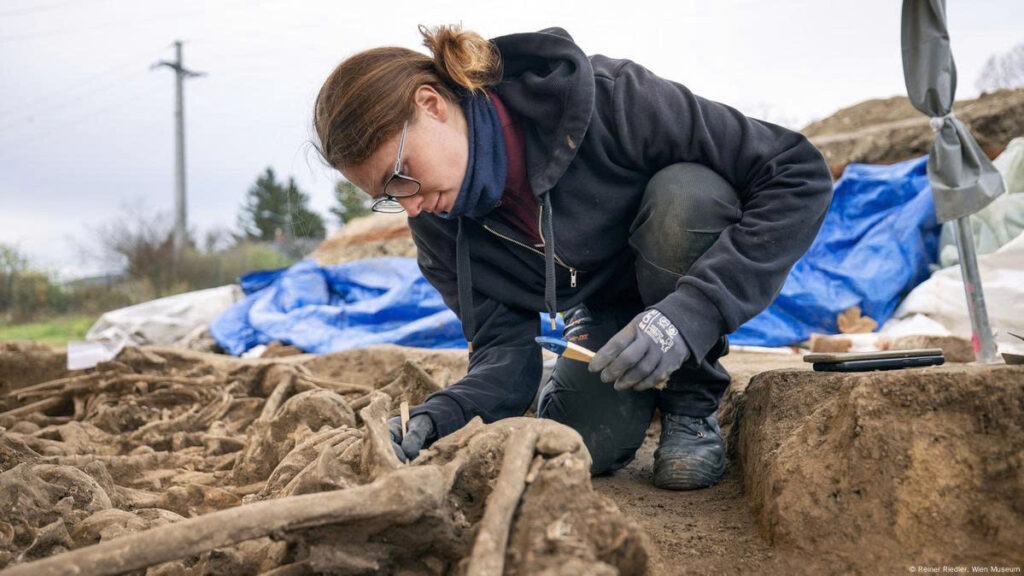
In a remarkable archaeological breakthrough, experts from the Vienna Museum have uncovered a mass grave containing the remains of approximately 150 Roman soldiers on the outskirts of Vienna. This exceptional discovery, made during renovations of a football pitch in the Simmering district, provides the first direct archaeological evidence of combat along the Danube Limes—the northern frontier of the Roman Empire.
A Rare Glimpse into Ancient Warfare
The skeletal remains, dating back to the 1st century AD, represent an exceptionally rare find since cremation was the standard Roman burial practice during this period. “Finding intact Roman skeletons from this era is extremely uncommon,” explained Kristina Adler-Wölfl, Head of City Archaeology. “Body burials were absolute exceptions around 100 AD.”
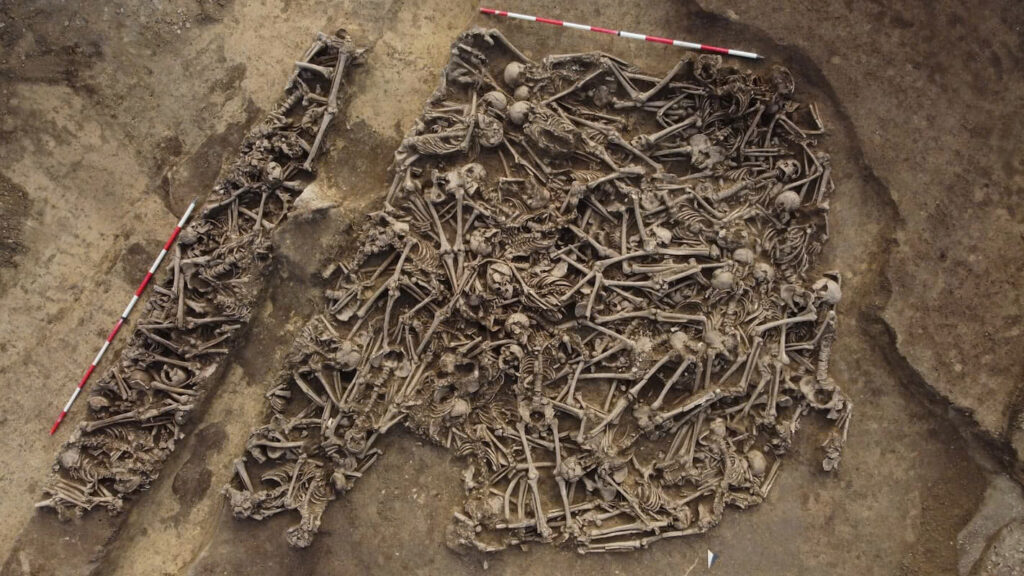
The victims were exclusively young men between 20 and 30 years of age, bearing unmistakable evidence of violent deaths. Forensic analysis revealed fatal injuries inflicted by various weapons including swords, spears, daggers, and projectile bolts. The disorganized arrangement of the bodies suggests an improvised burial following a significant battle rather than a formal interment.
Rewriting Vienna’s Ancient History
“Within the context of Roman military history, there are no comparable finds of fallen fighters,” noted Michaela Binder, who led the excavation. “This discovery is unique for the entire span of Roman history.”
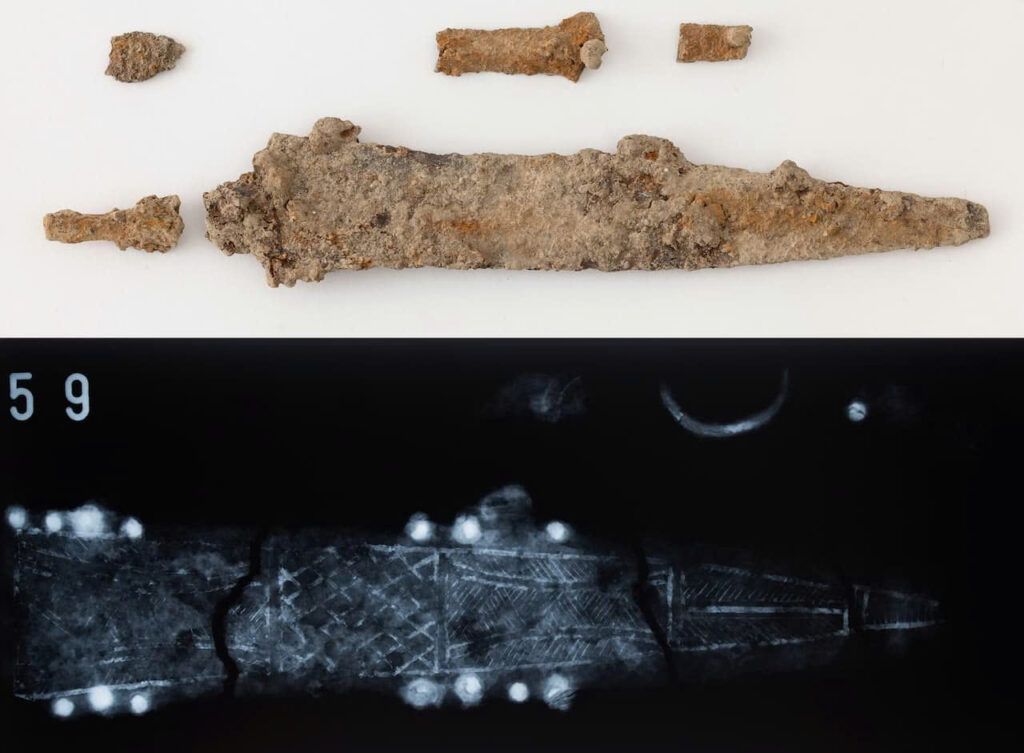
The site has yielded several military artifacts, including an ornate dagger with silver filigree inlays, fragments of scale armor, and spearheads, confirming the military nature of this find. These soldiers likely served at ancient Vindobona, which functioned as a crucial military garrison along the empire’s northern boundary.
Video
Unlocking New Historical Insights
Vienna’s Councilor for Culture and Science, Veronica Kaup-Hasler, highlighted the significance of this discovery: “Each archaeological find allows us to redraw the boundaries of our knowledge. This mass grave offers a fresh perspective on Vienna’s early history and emphasizes the importance of studying our historical heritage.”
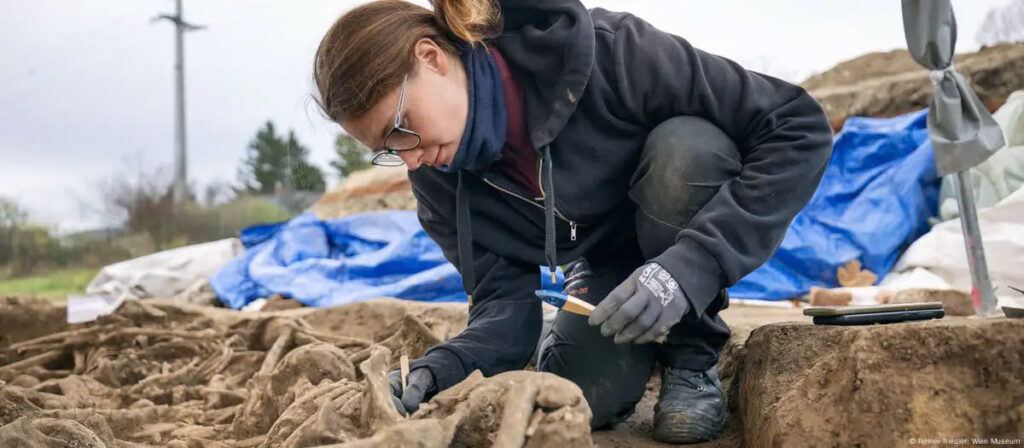
Ongoing research, including DNA and isotope analyses, aims to determine the origins and living conditions of these Roman soldiers. These investigations could provide valuable insights into the composition of Roman forces stationed along the Danube frontier and, as archaeologist Michaela Kronberger observed, “redefine our understanding of the Roman past in this region.”
This unprecedented discovery not only illuminates the military conflicts of the Roman Empire but also opens new avenues for exploring Vienna’s ancient origins, challenging existing historical narratives about the city’s earliest days.
